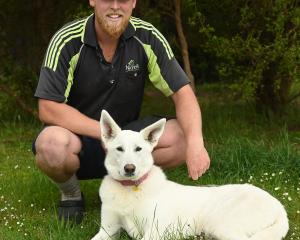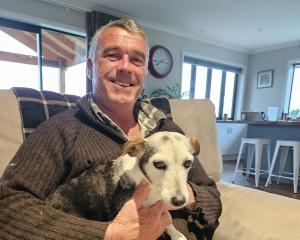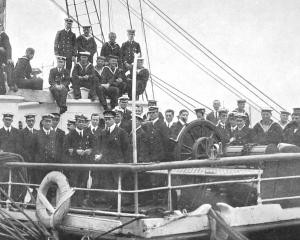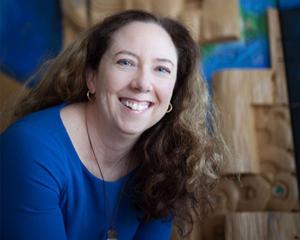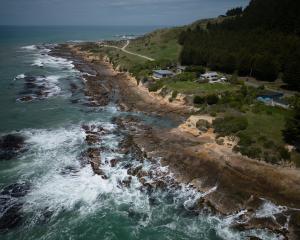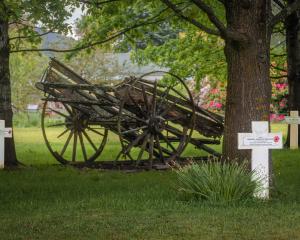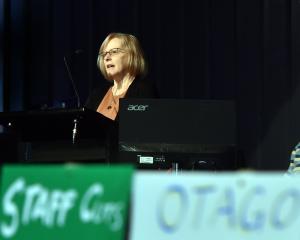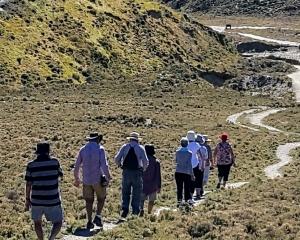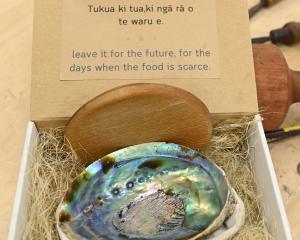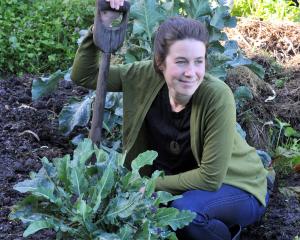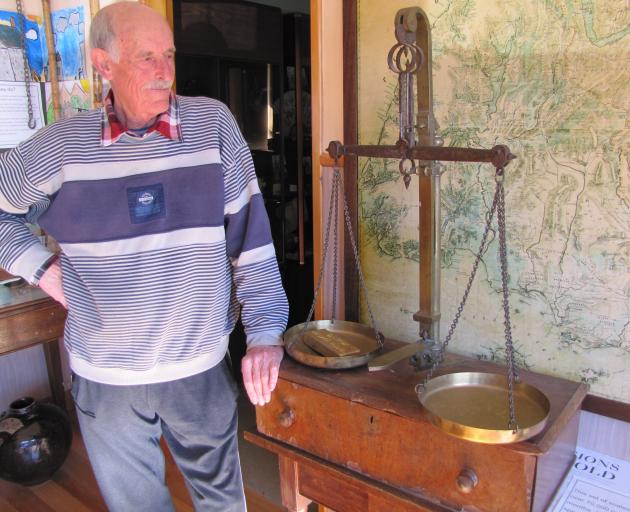
Local history is of national significance at the community-run Clyde Museum.
Clyde's 1862 goldrush was integral to the development of Dunedin and wider Otago and paved the way to increased riches for the nation as well.
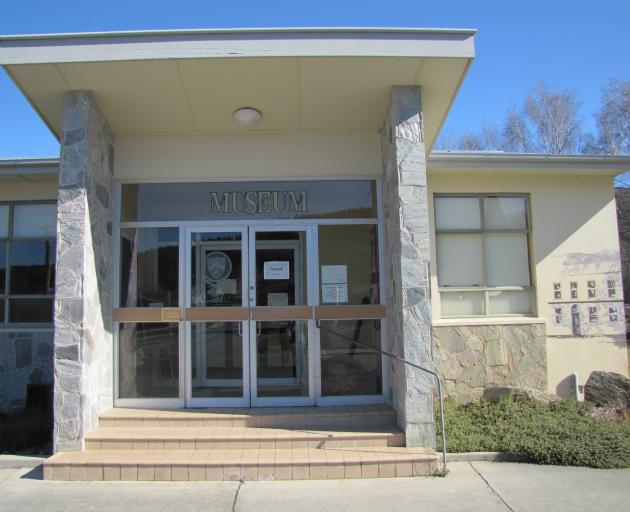
Some of the museum buildings are closed while earthquake strengthening is considered, but the main Clyde Museum building is open every day except for Monday, and volunteers are also available for viewings and research by appointment.
Clyde Museum curator John Hanning said the museum, established at its current site in 1962, contained a wealth of information about the Clyde district and was run by a group of committed volunteers, some of whom had ancestors going back to the goldrush days.
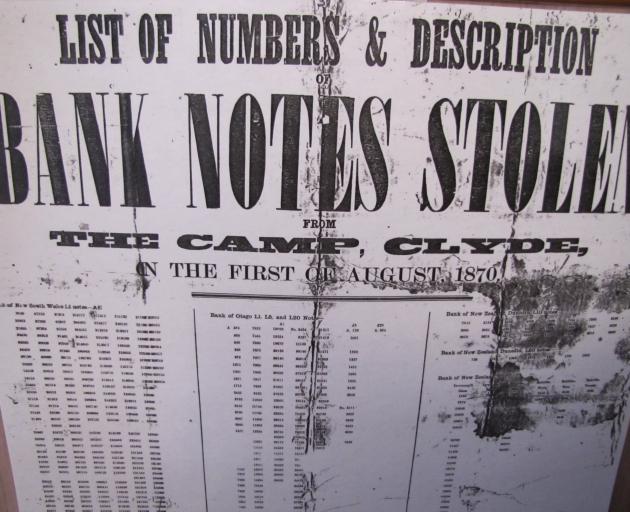
As well as gold mining items, the Clyde Museum has important displays of moa bones and feathers; and artefacts and geological specimens from the collection of Vincent Pyke, a notable politician in Clyde's history.
The museum also houses collections of household items, some themed into room displays, and large collections of documents and photos.
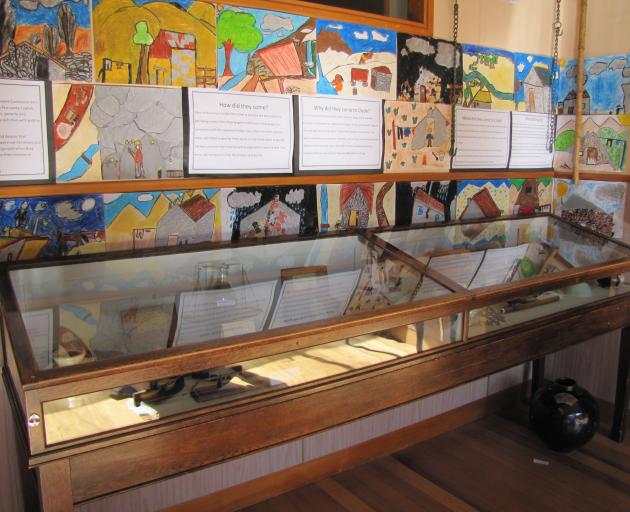
''They think it's fabulous, particularly when they come across something they didn't already know . . . museums are important, because they help people know where they come from, which maybe helps them know 'who am I today?'''
Opening hours:
Tuesday to Sunday 2-4pm, from October to April.
While you’re there...
- Go for a walk. Historic buildings abound and a ''Footprints in Time'' project features footpath plaques in Clyde's historic precinct about key characters in the town's history. You can also walk (or cycle) the Otago Central Rail Trail or Millennium Track to Alexandra, or head uphill to get a different perspective.
- Go swimming, boating or fishing - Lake Dunstan is just next door.
- Eat and imbibe. The Clyde district has a feast of wineries and orchards, their fruit and wines also often featuring at Clyde's first-class restaurants and cafes.

